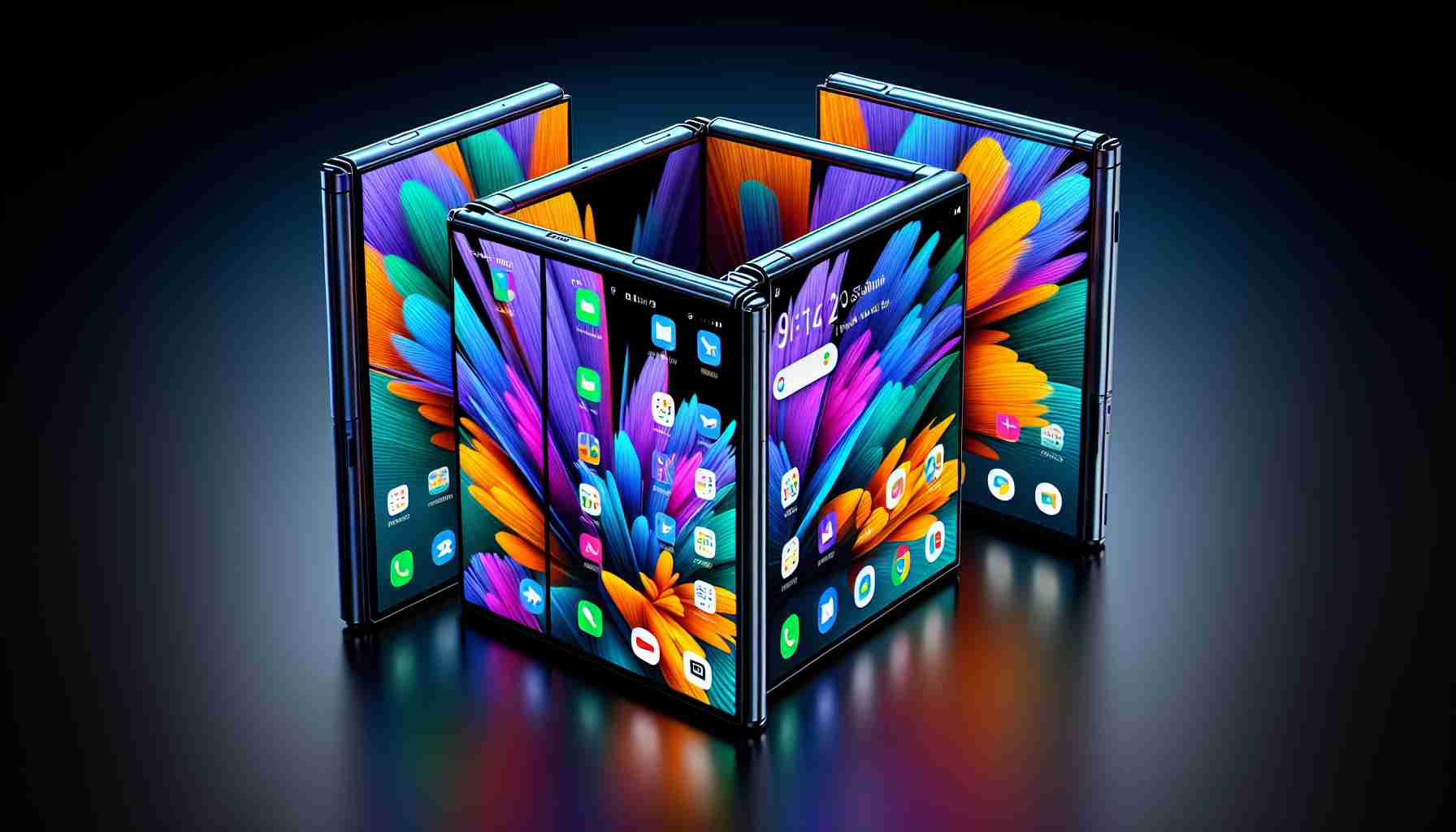Samsung’s newest innovation in smartphone design is set to reshape the industry. The upcoming Galaxy Flip and Galaxy Fold devices will revolutionize the market by introducing ultra-thin foldable smartphones that rival the sleekness of traditional Galaxy S models.
Reports indicate that Samsung’s mobile division is dedicated to crafting an ultra-thin foldable smartphone experience. With a targeted thickness range of 7.6mm to 8.4mm, Samsung aims to set a new standard for foldable devices, challenging its competitors with cutting-edge design and engineering.
Anticipate the launch of the Galaxy Fold 6 Ultra later this year, boasting a mere 10mm thickness and an expansive 8-inch display. This move signals Samsung’s commitment to pushing boundaries and keeping pace with Chinese brands known for their thin foldable devices.
Samsung’s relentless pursuit of innovation is evident in its evolution from the 17.1mm thick Galaxy Fold to the future promise of even slimmer, more durable devices. With improvements in water and dust protection, alongside enhanced screen durability, Samsung is poised to transform the foldable smartphone landscape and captivate tech enthusiasts worldwide.
As smartphone manufacturers continue to push the boundaries of design and technology, the revolution of foldable smartphones evolves with each new release. While Samsung has been a pioneer in this field, there are additional facts and details that shed light on the ongoing advancements in foldable smartphone design.
One of the key questions that arise in the realm of foldable smartphones revolves around durability and longevity. Users may wonder about the lifespan of foldable devices and how well they can withstand daily wear and tear. Manufacturers are addressing these concerns by testing and improving the durability of foldable displays and hinges to ensure longevity for consumers.
Another important question to consider is the practicality and convenience of foldable smartphones. While the idea of a device that can fold and unfold is fascinating, users may wonder about the actual benefits and whether foldable design enhances the overall user experience. Manufacturers are working towards making foldable smartphones more versatile and user-friendly, offering unique multitasking capabilities and enhanced productivity features.
Key challenges associated with revolutionizing foldable smartphone design include striking a balance between innovation and practicality. Manufacturers must find ways to incorporate cutting-edge technologies while ensuring that the devices remain functional and accessible to a wide range of users. Additionally, concerns about the cost of foldable smartphones and the need for continuous improvements in durability and reliability present ongoing challenges for manufacturers.
Advantages of foldable smartphones include their compact size when folded, offering users a larger screen experience in a more portable form factor. These devices provide versatility in terms of usage, allowing users to transition between smartphone and tablet modes seamlessly. Foldable smartphones also showcase the ingenuity and creativity of manufacturers, pushing the boundaries of traditional smartphone design.
On the flip side, disadvantages of foldable smartphones may include higher price points compared to conventional smartphones, concerns about durability and potential creasing of the display over time. Additionally, the complexity of foldable mechanisms and the need for specialized components can result in higher repair costs and limited availability of repair services in certain regions.
For further insights and updates on the latest developments in foldable smartphone design, visit Samsung’s official website. This domain contains detailed information on Samsung’s foldable smartphone lineup and showcases the innovative features that are revolutionizing the industry.
























